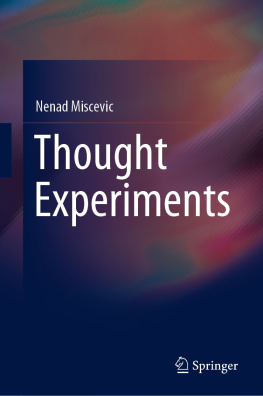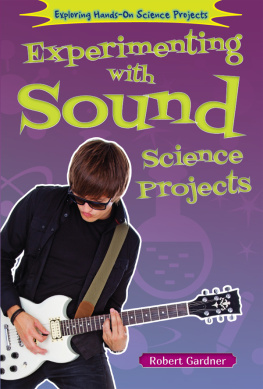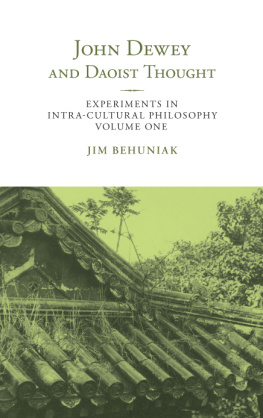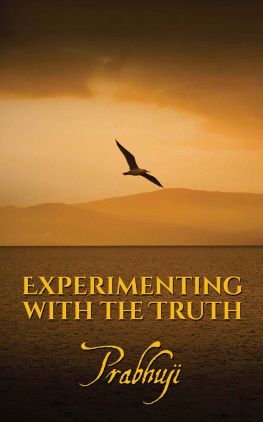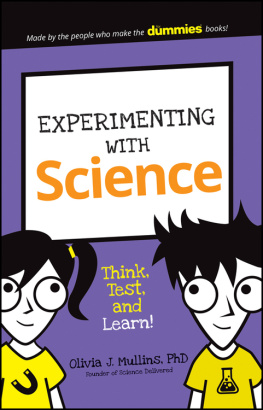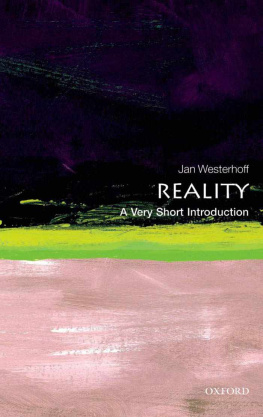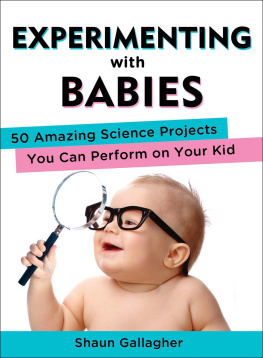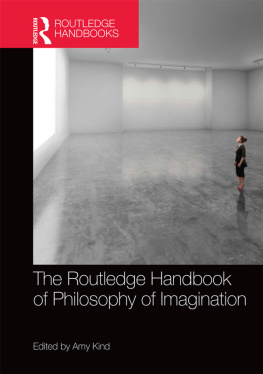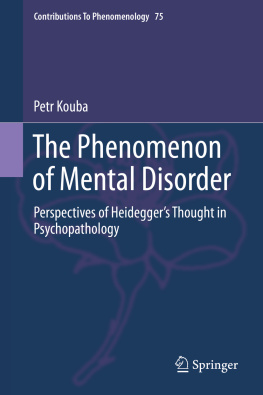Nenad Miscevic
University of Maribor, Maribor, Slovenia
ISBN 978-3-030-81081-8 e-ISBN 978-3-030-81082-5
https://doi.org/10.1007/978-3-030-81082-5
The Editor(s) (if applicable) and The Author(s), under exclusive license to Springer Nature Switzerland AG 2022
This work is subject to copyright. All rights are solely and exclusively licensed by the Publisher, whether the whole or part of the material is concerned, specifically the rights of translation, reprinting, reuse of illustrations, recitation, broadcasting, reproduction on microfilms or in any other physical way, and transmission or information storage and retrieval, electronic adaptation, computer software, or by similar or dissimilar methodology now known or hereafter developed.
The use of general descriptive names, registered names, trademarks, service marks, etc. in this publication does not imply, even in the absence of a specific statement, that such names are exempt from the relevant protective laws and regulations and therefore free for general use.
The publisher, the authors and the editors are safe to assume that the advice and information in this book are believed to be true and accurate at the date of publication. Neither the publisher nor the authors or the editors give a warranty, expressed or implied, with respect to the material contained herein or for any errors or omissions that may have been made. The publisher remains neutral with regard to jurisdictional claims in published maps and institutional affiliations.
This Springer imprint is published by the registered company Springer Nature Switzerland AG
The registered company address is: Gewerbestrasse 11, 6330 Cham, Switzerland
Preface
This book is an introduction to thought experiments and theories concerning them. What is a thought experiment? Start with an example.
Imagine a scientist, call her Mary, who lives in a black and white room and has never seen real colors. She specializes in the neurophysiology of vision and acquires all the physical information there is to obtain about what goes on when we see various things. One day she is released from her black and white room and for the first time sees blue, red, and other colored things. Will she learn something new? The obvious reply is Yes. But then, physical knowledge is not all there is to the knowledge about the world; perhaps physical facts are not the only facts there are in the world.
The story and its long-reaching morals, all due to Frank Jackson (1982), present one of the most famous thought experiments in the philosophy of twentieth century. The author invites us to build a scenario in our imagination and react to it. Assuming you went through the story, you have probably ended up with an opinion or at least with being strongly attracted to the idea that Mary learns something new. This immediate result of performing a thought experiment is usually called intuition. Thought experiments, in general, are such imaginative exercises of thought, ubiquitous in philosophy and also appearing at crucial joints in science, most famously in the work of Galileo and Einstein (for more examples, see the next chapter, Introduction).
Thought experiments and intuitions are now being intensely and extensively discussed in theory and philosophy of science, as well as in various other branches of philosophy, theoretical and practical. There are popular introductions and presentations of topics from physics and philosophy through thought experiments and lots of papers and books about them. The methodology is being applied to the burning issues of the moment; see for instance Amgad M., (preprint, 2019) on a highly virulent emerging viral epidemic, imagined along the lines of actual SARS-CoV, H5N1 Influenza, and Ebola pandemics.
We would like to offer an introduction to the topic, combining the overview of the field, and some proposals of our own about understanding thought experiments. Here is a short preview of the book. In the introductory chapter, we go through a handful of examples from science and philosophy and then turn to definitions; among several proposals, we choose one and add some comments to the initial proposal. Then we place thought experiments on a wider map, noting their similarity with imaginative exercise in fiction, and other, less expected areas; most of this work has not been done before in a systematic way.
Chapter turns to the next two topics: first, the role of thought experiments, and second, their typical internal structure. We defend the view that thought experiments are extremely useful in science and indispensable in philosophy. But in continental philosophy, at least in the most typical authors, you find no thought experiments, the reader might point out. Well, they are replaced by their nearest kin, the fictional stories, or artistic representations, that are treated practically in the way traditional philosophy and its analytic continuators treat thought experiments. Continental philosophers do experiment in thought, just as their colleagues have been doing, but only use a different name for the activity.
The next issue is the internal structure of thought experiments. Philosophers have noted that they do have a structure, beginning with the story or scenario, accompanied with a question, continuing with building an internal model, and producing an intuition. Authors like Chisholm (1987) and Snowden (1992) have pointed out that scientists and philosophers typically vary their scenarios and try to elicit a general conclusion from a series of such varied stories.
Rawls has then concentrated on the efforts of philosophers to bring their thought-experimental conclusions in balance with other accepted views, commonsensical or scientific or both. This final phase he called Reflective equilibrium.
Here, we first systematize the stages, which are often sketched by philosophers in different and unsystematic ways; then we use the final systematization thus obtained in the last two chapters to do some new work in theorizing about TEs, in particular, their weaknesses and their typical philosophical history.
Chapter is an overview of the extant theories of thought experiments and of intuitions. Unfortunately, we have to be brief, so we present just the main ideas dominating the playground. We start with empiricist-inferentialist proposals, historically very prominent both in relation to scientific and more philosophical thought experiments. Its proponents, from Mach to Norton, see thought experiments as arguments, enriched with illustrative, not very relevant details. We then pass to the opposite extreme, the radical Platonist alternative. Next, we turn to more moderate proposals, first a conceptualist, then a Kantian proposal, and thirdly a recent proposal due to Tim Williamson, stressing the role of counterfactuals and counterfactual imagining. The chapter concludes with a brief pointing to the last, fourth option which we prefer, the mental modelling theory.
Chapter develops the mental modelling theory alternative and adds a perspective on intuitions as a voice-of-competence phenomenon. We introduce our own proposal concerning the duality of model building, i.e. imagining from a neutral, third person-perspective and simulating from the first-person perspective. The mental simulation has been studied, but not very much in the context of thought-experimenting; we offer a unified but differentiated picture that corresponds to important differences within the set of thought experiments. We argue that the mental modelling theory and the voice-of-competence proposal can account for most, perhaps even all, puzzling phenomena tied to thought experiments and intuitions.

